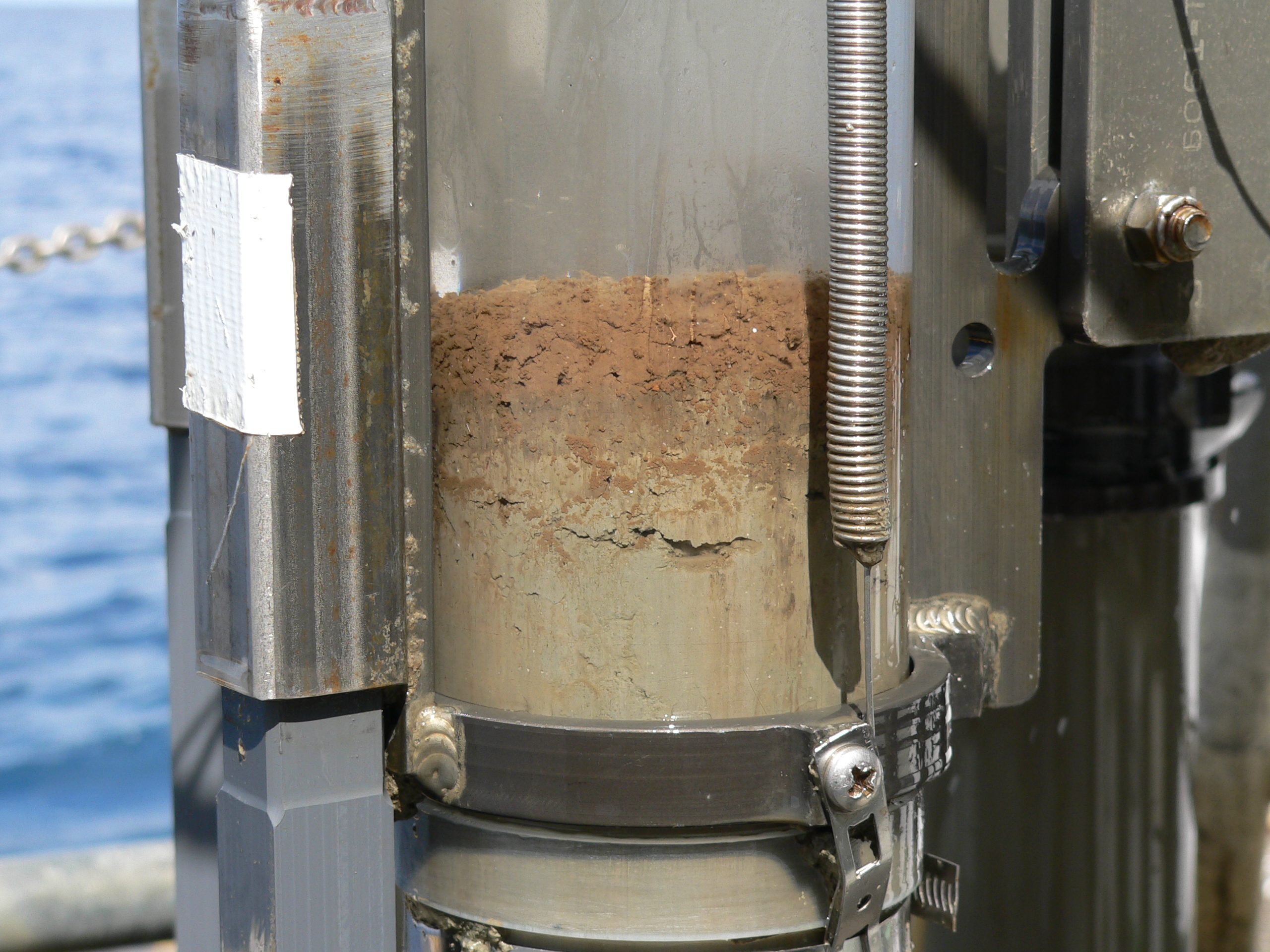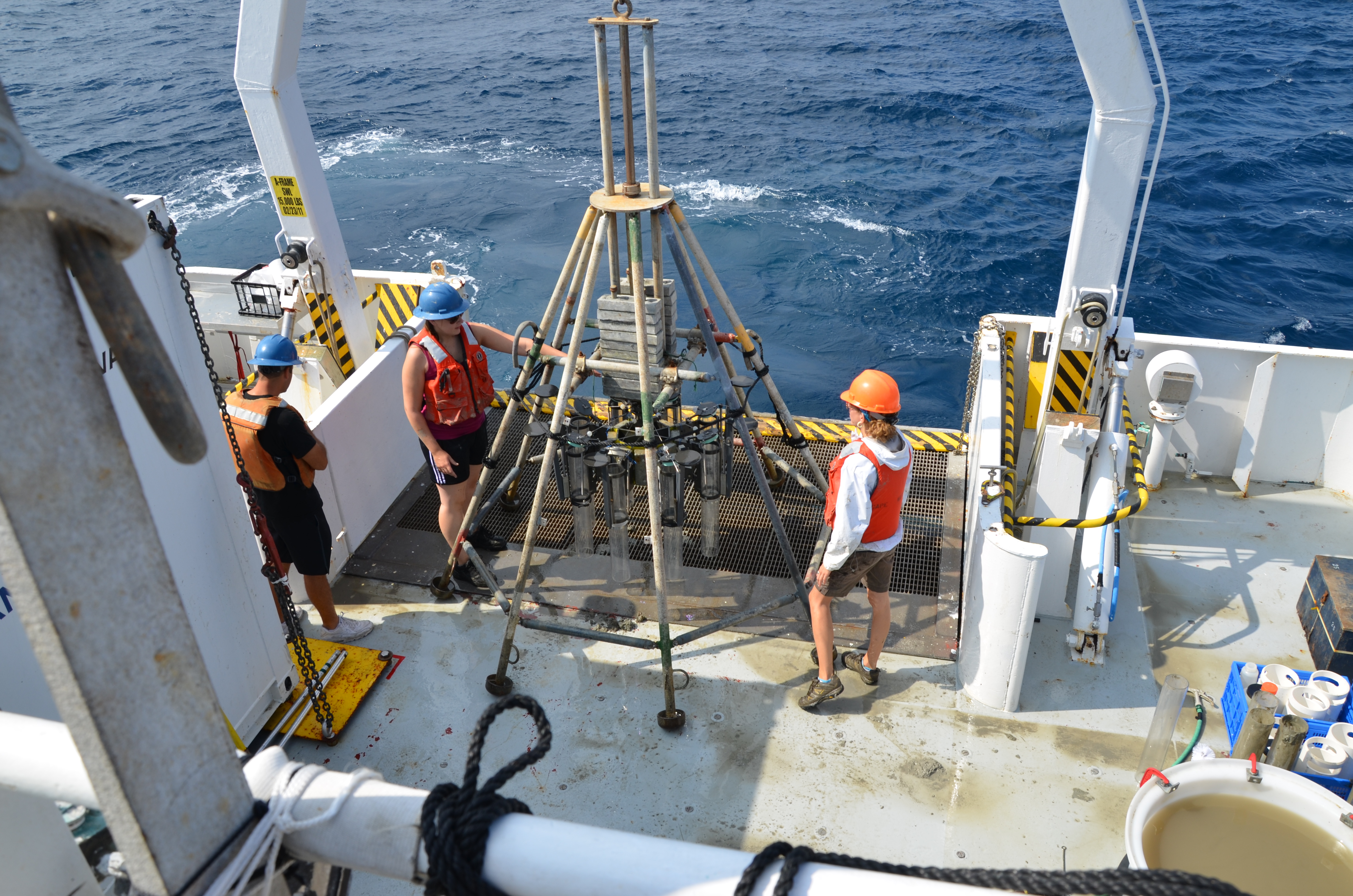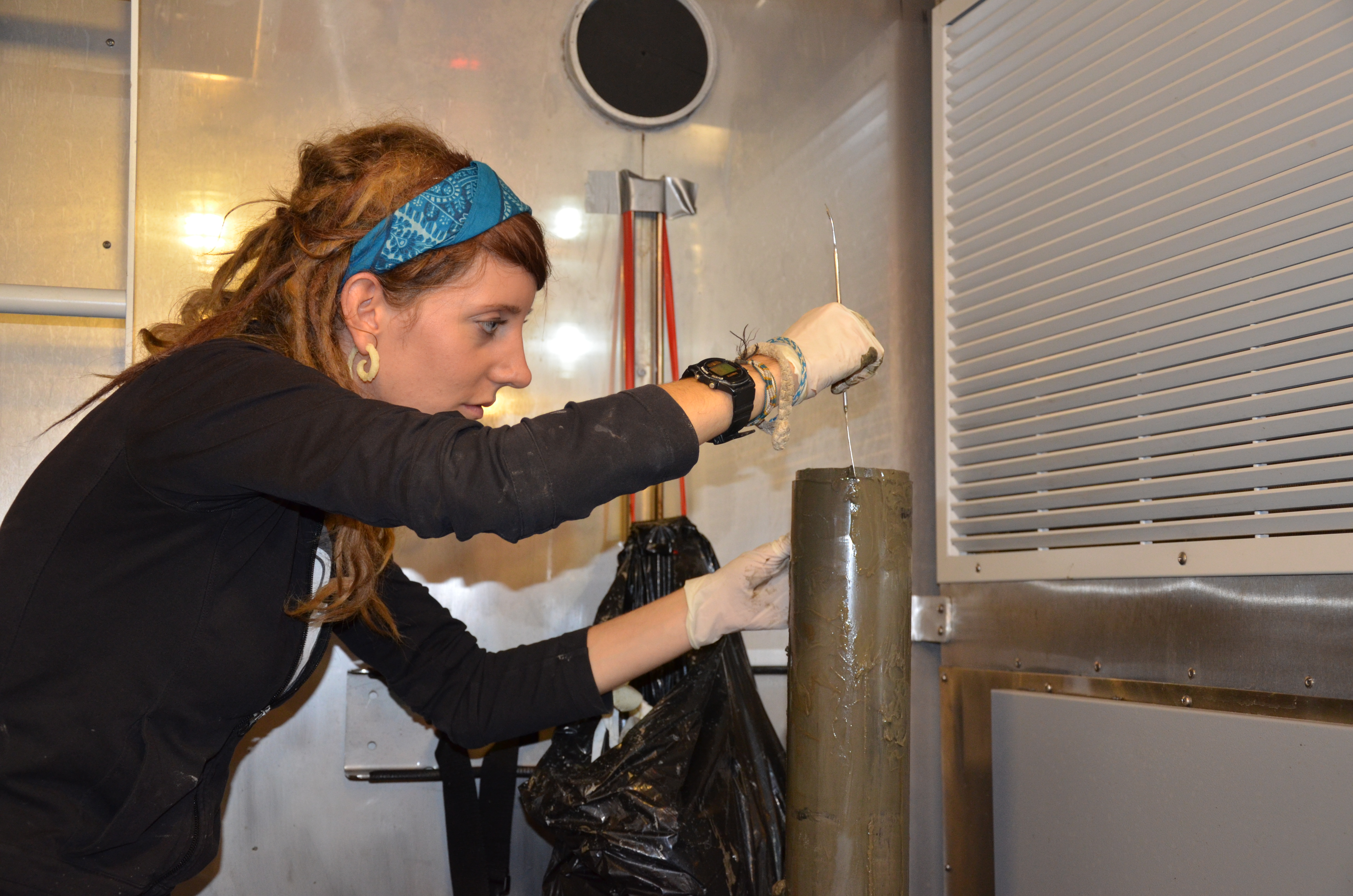New EES faculty member’s research group works to understand how Deepwater Horizon oil has impacted critters living on and in sediments of the sea floor and coastal marshes.
We have all seen the headlines, heard the sound bites and seen the images. A spill lasting for months, oil burning at sea, the worst environmental disaster in U.S. history, oiled marsh grasses, birds, fish and marine mammals.

But what impact does 4.9 million gallons of oil have on life that is not so easily seen, like the benthic animals living on and in sediments of the sea floor or in coastal marshes? For new Earth and Environmental Sciences faculty member Dr. Kevin M. Yeager and his research group and collaborators, this question is critically important and overlooked. Since May of 2010, when the oil was still spilling, this group has been sampling coastal marshes of Mississippi and Louisiana, and the continental shelf, continental slope and upper continental rise off of Mississippi and Louisiana. With support from NSF, BP and NOAA, the focus has been on the sediment, its hydrocarbon geochemistry and on assessing the biomass and diversity of the small invertebrate creatures that live in these environments.
“Out of sight, out of mind” is an appropriate turn of phrase here. The remote locations and nature of these ecosystems, and the very small sizes of the target invertebrates (meiofauna have diameters of 30-45 µm; macrofauna of > 0.5 mm) that inhabit them, combine to make them easy to overlook.

“The overall health of these ecosystems and the vitality of the animals that comprise them are fundamental to a host of important marine and coastal processes, from carbon cycling, nutrient generation and availability, the development or persistence of hypoxic or anoxic zones, to the health of important demersal (bottom- or near bottom-dwelling) fish species,” said Yeager. And so, impacts on these systems can have ramifications far up the food chain. Different investigators associated with the overall research, and their respective research groups are focused on unraveling different parts of the puzzle. This includes those focused on benthic ecology, organic geochemistry, and inorganic geochemistry. Yeager’s group is focused on sedimentology and radiochemistry. “With our tool set, we are beginning to glimpse how the sedimentary settings themselves may have been impacted directly by the delivery of oil, or indirectly by the impact of the oil on the animals that live in the sediments. We are able to measure the rates that sediment are delivered to these environments, how they are mixed once they get there, and to assess the time frames of recovery,” said Yeager.

There is much left to do. “We are fortunate to be part of a large, interdisciplinary effort and look forward to continuing our research, it will take many scientists many years to begin to comprehend the impacts of this event on the environment, we are glad to be a part of the team,” said Yeager.
Photos top to bottom:
- Ocean bottom sediments, fresh from the bottom of the northern Gulf of Mexico, R/V Cape Hatteras, 2011
- UK Master’s students Michelle Johnston and Rachel Hatch prepare to deploy the multi-corer to collect sediment cores from the bottom of the northern Gulf of Mexico from the R/V Cape Hatteras, 2011.
- UK Master’s student Michelle Johnston sub-sampling a sediment core collected from the northern Gulf of Mexico, R/V Cape Hatteras, 2011
